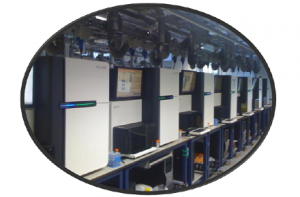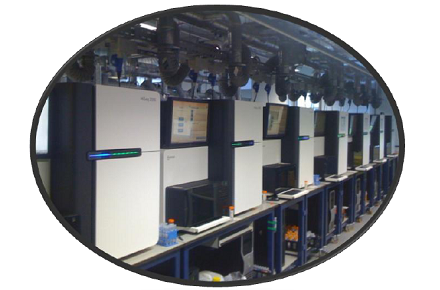Advances in molecular biology could revolutionise the way in which foodborne disease outbreaks are investigated, according to the Food Standards Agency, enabling faster and more accurate identification of the organisms responsible.
 |
| [relatedPosts title=”Related Posts”] |
|
|
Some of the UK’s top public health officials have hailed DNA sequencing techniques, such as next generation sequencing, as one the most powerful laboratory tools to help tackle foodborne disease, such as E.coli and salmonella, and have underlined their commitment to use this technology in future.
Earlier this year, experts gathered at a workshop organised by the Food Standards Agency, the Health Protection Agency, the Biotechnology and Biological Sciences Research Council and the Advisory Committee on Microbiological Safety of Food, to discuss how advances in molecular biology could be used to pinpoint the source in major outbreaks of foodborne disease. The report of this workshop can be found below.
Andrew Wadge, Chief Scientist at the Food Standards Agency, said: ‘The devastating effects of incidents such as the E.coli O104 outbreak in Germany, remind us of the need to embrace cutting-edge technology to help us transform the way we investigate incidents in the future.
‘We are fully committed to exploiting the potential of molecular biology tools, such as next generation sequencing, in our fight against foodborne disease. By using these techniques, outbreaks could be investigated more quickly and effectively than ever before. This could shape the way we respond to incidents in the future and, ultimately, save lives.’
An estimated one million people a year in the UK suffer from foodborne illness, with 20,000 receiving hospital treatment and causing about 500 deaths. This costs the UK economy approximately £1.5 billion annually.
Science behind the story
The investigation of outbreaks of suspected foodborne illness usually involve an epidemiological approach, such as food history questionnaires supported by laboratory techniques. Laboratory techniques include DNA profiling, serotyping (identifying an organism by detecting its antigens) and antibiotic resistance profiling.
With next generation sequencing, scientists can rapidly determine the complete DNA sequence of an organism, yielding much more information than is provided by current testing methods. When used alongside traditional epidemiological investigations this has the potential to enhance outbreak investigation as well as providing clues to the likely origin of the strain involved.
This could allow public health bodies to respond more quickly to a major food incident. Sequencing information can be stored on national and international databases, enabling UK scientists to compare strains of food bugs from other countries and detect more widespread outbreaks.
Further Information
The Application of Molecular Epidemiology to Investigations of Foodborne Disease Outbreaks: Current Status and Future Plans – Report of workshop available here.
.





